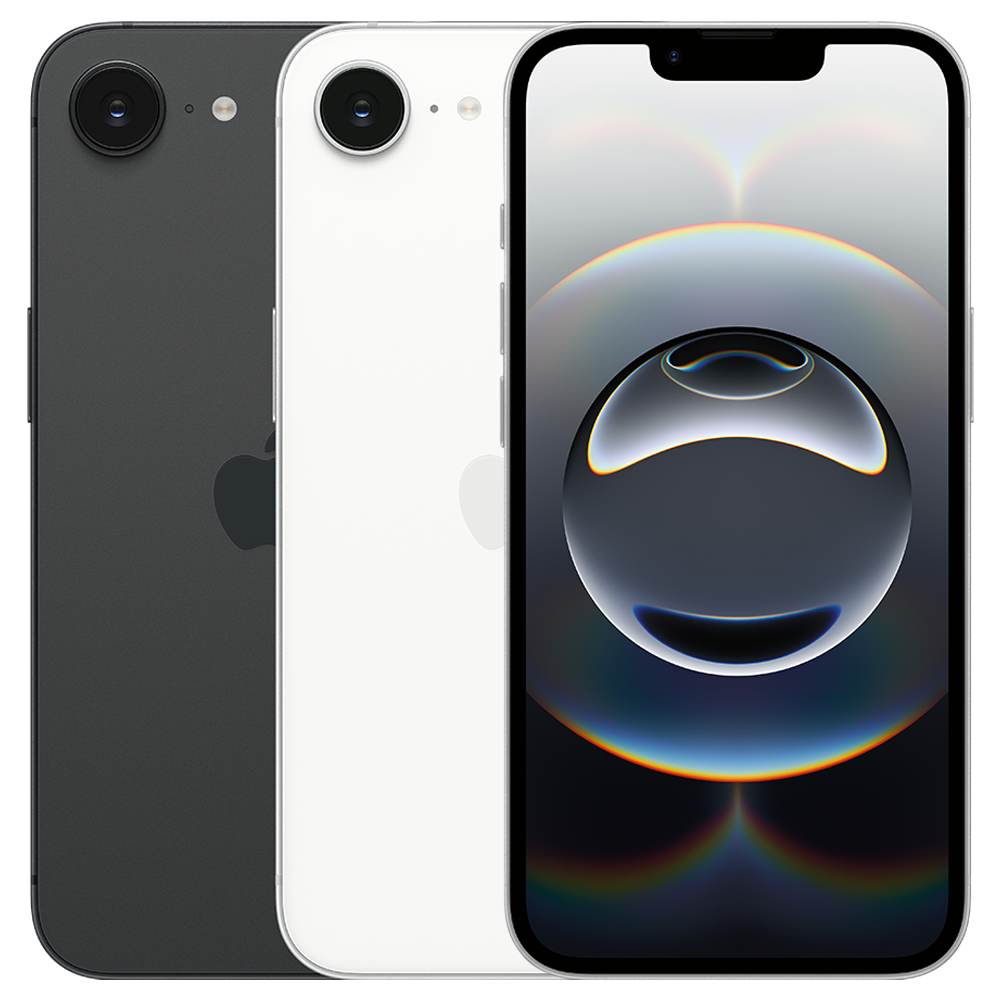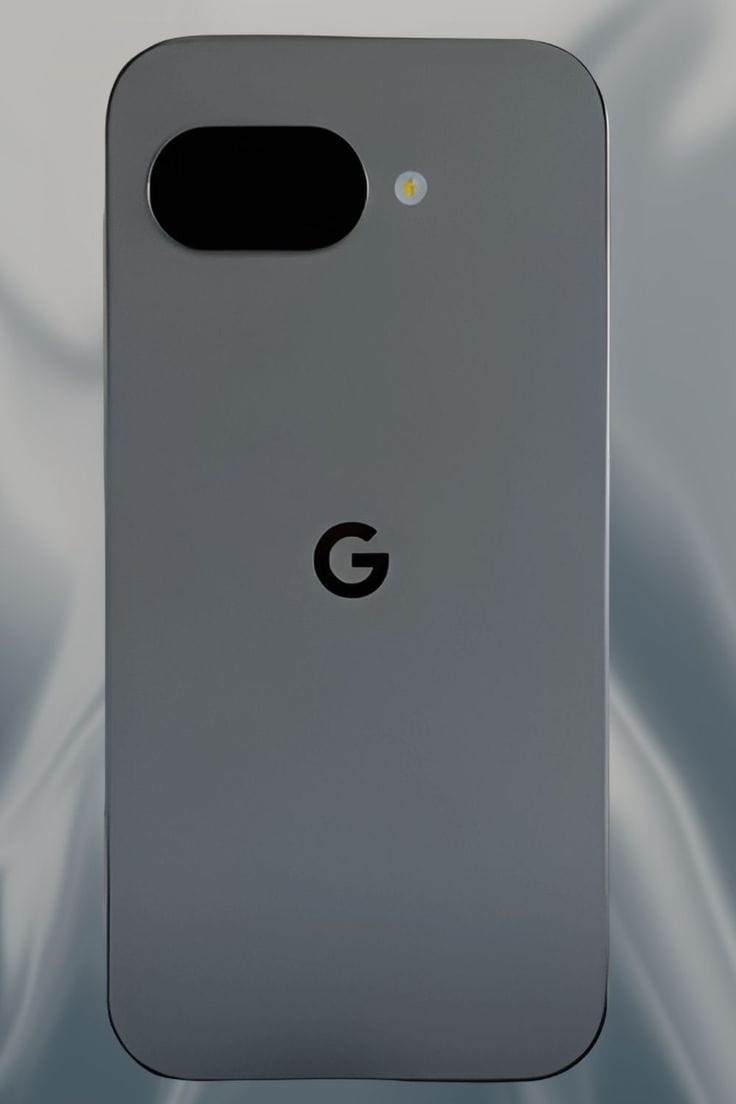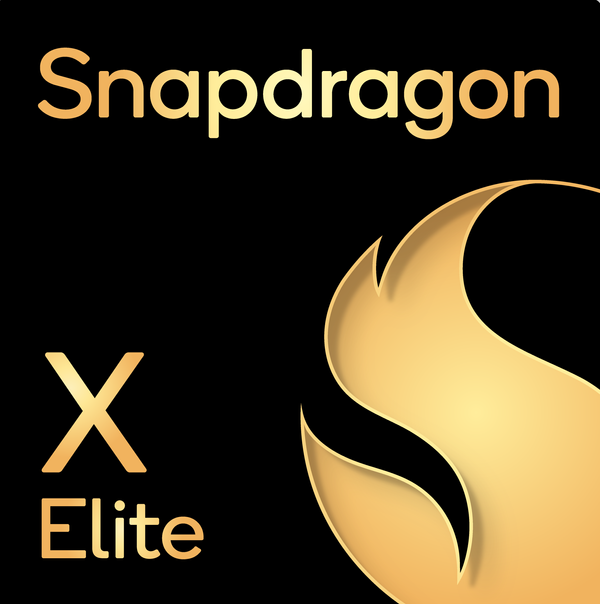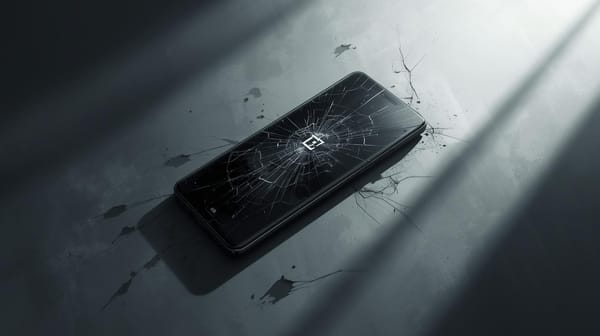iPhone 16e vs. Google Pixel 9a: Entry-Level Flagships
The iPhone 16e and Google Pixel 9a are entry-level flagship smartphones that balance affordability with premium features, offering distinct advantages in software, design, and camera capabilities.

The iPhone 16e and Google Pixel 9a represent the entry-level models in their respective flagship series, offering a balance of affordability and premium features. While Apple’s iPhone 16e brings the signature iOS experience with a refined design, Google’s Pixel 9a focuses on AI-driven photography and seamless Android integration. But how do they compare in terms of build quality, specifications, features, camera, battery life, and overall value? Before that we need to understand an important aspect of phones from this category.
Understanding Entry Level Flagships
Entry-level flagship phones are designed to offer premium features at a more affordable price, making them a great choice for users who want a high-end experience without spending on top-tier models. These devices typically retain the core performance, design, and software experience of their pricier counterparts while making some strategic compromises, such as lower display resolutions, slightly less powerful processors, or fewer camera features. The iPhone 16e and Google Pixel 9a serve as the entry-level models and provide excellent build quality, capable processors, strong battery life, and software longevity, but may lack advanced features like ProMotion (high refresh rate) displays or multi-lens camera setups.
Build Quality & Design
Both devices maintain premium build quality, but with distinct approaches:
- iPhone 16e: Features a glass front and back with an aluminium frame, ensuring durability. It is IP68-rated, meaning it can withstand water immersion up to 6 meters.
- Google Pixel 9a: Uses a glass front with an aluminium frame, but opts for a plastic back, making it slightly less premium. It is also IP68-rated, but with a lower 1.5-meter water resistance.
Apple’s Ceramic Shield glass offers better drop protection, while Google’s Gorilla Glass 3 provides scratch resistance.
Specifications & Performance
| Feature | iPhone 16e | Google Pixel 9a |
|---|---|---|
| Display | 6.1" Super Retina XDR OLED | 6.3" P-OLED |
| Resolution | 1170 x 2532 pixels | 1080 x 2424 pixels |
| Refresh Rate | 60Hz | 120Hz |
| Processor | Apple A18 (Hexa-core) | Google Tensor G4 (Octa-core) |
| RAM | 8GB | 8GB |
| Storage | 128GB, 256GB, 512GB | 256GB |
| Battery | 4005mAh | 5100mAh |
| OS | iOS 18 | Android 15 |
| Water Resistance | IP68 (6m) | IP68 (1.5m) |
The Pixel 9a offers a higher refresh rate (120Hz), making animations smoother, while the iPhone 16e sticks to 60Hz, which may feel less fluid. Apple’s A18 chip is expected to outperform Google’s Tensor G4, especially in single-core tasks.
Camera Comparison
| Feature | iPhone 16e | Google Pixel 9a |
|---|---|---|
| Rear Camera | 48MP (f/1.6) | 48MP (f/1.7) + 13MP (Ultra-wide) |
| Front Camera | 12MP (f/1.9) | 13MP (f/2.2) |
| AI Enhancements | Smart HDR, Deep Fusion | Night Sight, Real Tone, AI-powered processing |
The Pixel 9a has an ultra-wide secondary camera, making it more versatile for landscape shots. Google’s AI-driven photography ensures better low-light performance, while Apple’s Smart HDR and Deep Fusion optimise colour accuracy and detail.
Battery Life & Charging
Apple has the battery capacity of 4005mAH for the iPhone 16e, based on previous models, it is expected to last around 15-17 hours on moderate usage. The Pixel 9a, with its 5100mAh battery, promises longer endurance, potentially exceeding 18 hours.
The Marketing Strategy
Both Apple and Google have distinct marketing strategies for their entry-level flagship phones, the iPhone 16e and Pixel 9a, targeting different consumer segments.
Apple's Strategy for iPhone 16e
Apple markets the iPhone 16e as an affordable entry point into the iPhone ecosystem while maintaining premium features. The strategy revolves around:
- Brand Loyalty & Ecosystem Integration: Apple emphasizes how the iPhone 16e seamlessly integrates with other Apple products, such as MacBooks, iPads, and AirPods.
- Premium Yet Accessible: While it lacks some high-end features of the Pro models, Apple ensures that the design, software experience, and performance remain top-tier.
- Minimalist Advertising: Apple relies on sleek, aspirational marketing, showcasing the iPhone 16e’s design, camera capabilities, and iOS experience.
- Retail & Carrier Partnerships: Apple collaborates with carriers and retail stores to offer trade-in deals, making the iPhone 16e more accessible.
Google's Strategy for Pixel 9a
Google takes a different approach, focusing on AI-driven features and affordability:
- AI & Computational Photography: Google highlights the Pixel 9a’s AI-powered camera, emphasizing Night Sight, Real Tone, and Call Screening.
- Value Proposition: Unlike Apple, Google markets the Pixel 9a as a budget-friendly flagship, offering flagship-level features at a lower price.
- Direct Comparisons: Google has even published official comparisons between the Pixel 9a and iPhone 16e, showcasing areas where Pixel excels, such as battery life and AI features.
- Social Media & Influencer Marketing: Google leverages tech influencers and YouTube reviews to promote the Pixel 9a’s real-world performance.
Apple’s brand-driven marketing ensures strong sales, while Google’s feature-focused approach appeals to tech-savvy users looking for value and AI-driven experiences. The iPhone 16e benefits from Apple’s ecosystem, while the Pixel 9a attracts users who prioritize AI and photography.

Are They Worth the Hype?
The iPhone 16e and Google Pixel 9a certainly generate a lot of buzz, but whether they are worth the hype depends on what you prioritize in a smartphone.
- iPhone 16e is a great option for users deep in the Apple ecosystem, offering solid performance, premium build quality, and iOS updates for years. However, it lacks ProMotion (high refresh rate) and multiple camera lenses, which might make it feel less advanced compared to higher-end models.
- Pixel 9a delivers exceptional AI-driven photography, long battery life, and smooth Android performance, especially with its 120Hz refresh rate and Tensor G4 chip. However, it doesn't match Apple's chipset power or premium materials, as it features a plastic back instead of full glass.
Price in India & Buying Decision
| Model | Price in India |
|---|---|
| iPhone 16e | ₹59,999 |
| Google Pixel 9a | ₹49,999 |
If you prioritise camera versatility, battery life, and affordability, the Pixel 9a is a solid choice. If you prefer iOS, premium build, and long-term updates, the iPhone 16e is worth considering.
Conclusion
The iPhone 16e and Google Pixel 9a prove that entry-level flagship phones can deliver high-end features without the premium price tag. While both devices offer impressive performance, premium design, and long-term software support, each caters to different user preferences. For those who value iOS, ecosystem integration, premium build, and long-term software updates, the iPhone 16e is a strong choice. It continues Apple’s tradition of refined hardware, optimized software, and fluid performance, making it an excellent investment for those already in the Apple ecosystem.
On the other hand, the Google Pixel 9a shines with its AI-driven photography, high-refresh-rate display, and extended battery life, making it a better option for users who prioritise Android’s flexibility and advanced computational photography. If you’re looking for top-tier camera performance at a lower price, Pixel 9a is an exciting contender.
Ultimately, both phones are worth considering depending on your personal priorities, whether it’s the refined experience of iOS or the AI-smart features of Android. If you're choosing between these two models, focus on what matters most to you: camera, software experience, battery life, or display smoothness.




